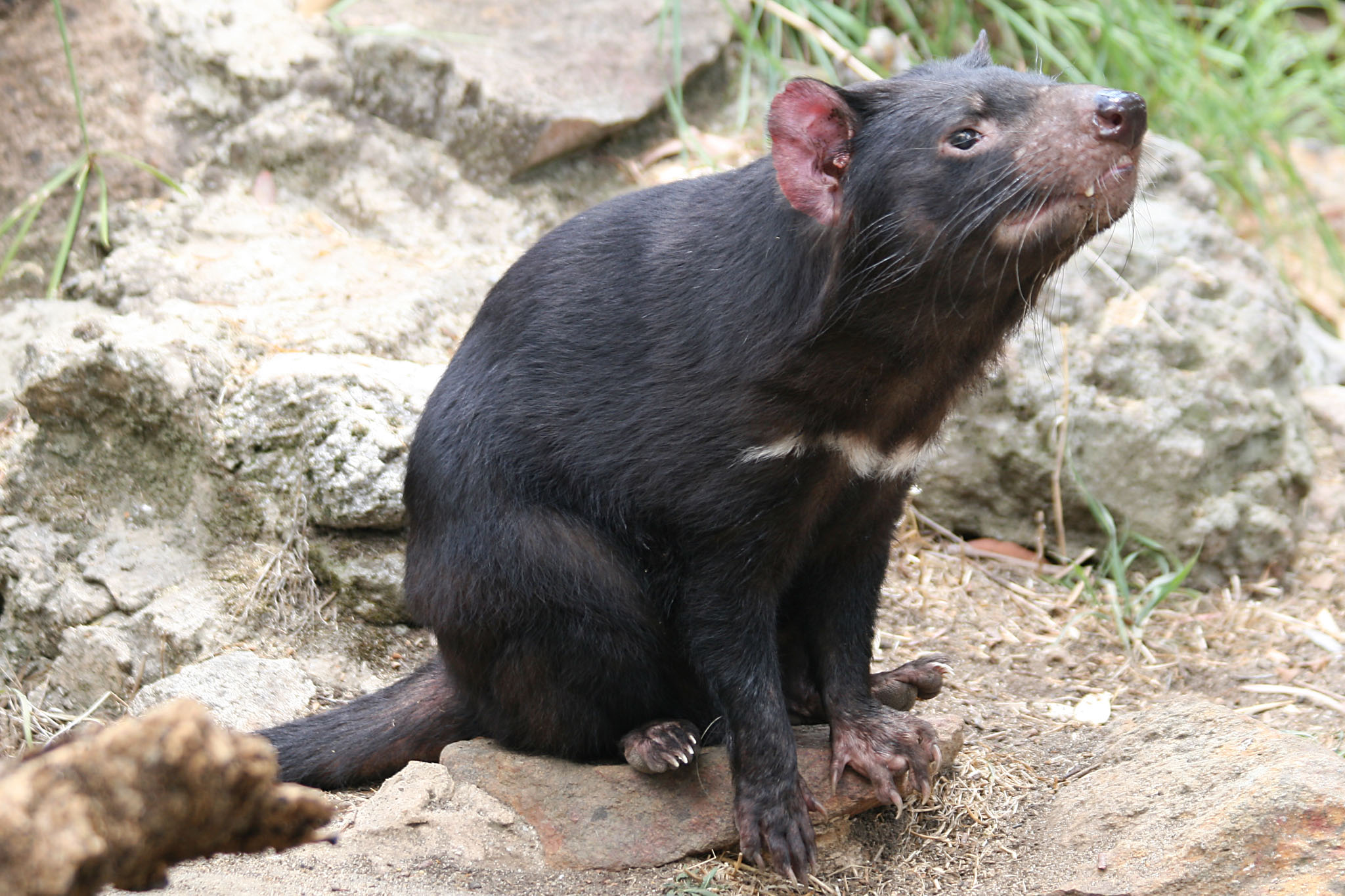Preventing cane toad progression
The results of research that offers a solution for halting the relentless march of cane toads (Rhinella marina) across northern Australia was published recently in December’s issue of the British Ecological Society’s Journal of Applied Ecology.
An international team led by Ben Phillips from James Cook University’s School of Marine and Tropical Biology, and a lead author of the study, has shown that the removal of artificial waterbodies in key locations along the narrow Kimberley-Pilbara corridor, a region currently threatened by the spread of cane toads, would be an effective measure in preventing the amphibians establishing satellite populations.
Graziers installed the artificial waterbodies, which serve as important breeding sites and dry-season refuges for toads in a region where they would otherwise struggle to survive, but in simulated studies researchers comprehensively concluded cane toads would be unable to colonise the Pilbara if artificial waterbodies were made unavailable to them.
“By removing around 100 artificial waterbodies, toads can be prevented from occupying 268,000 square kilometres of their potential range in Western Australia, which is an area larger than Great Britain,” Phillips said.
The cane toad invasion has continued unabated despite significant efforts made by numerous community groups to try and limit its advance, but based on comparisons with scientifically accredited studies of plant invasions, the research team showed that: “targeting satellite populations can be an efficient strategy to impede rates of spread.”
Phillips said stopping the invasion of toads into the Pilbara region would enable the protection of numerous species, including northern quolls and several species of goannas and snakes, all of which would be threatened by cane toads.
“While we’ve shown it’s possible to stop toads, actually doing so is going to require a lot of community support as well as serious financial compensation to any graziers that are affected by modifications to their stock watering systems. We’ve shown that stopping toads is possible, but the exact details of how to implement our plan are still to be worked out,” he said.
Cane toads were introduced into Australia in 1935 and have since spread to occupy more than 1.3 million square kilometres. They have had major impacts on many native species, and there are fears the Pilbara region will be colonised within decades unless controls are implemented to halt their accelerated spread.
ANNE LAYTON-BENNETT
Reference
British Ecological Society – Journal of Applied Ecology 2012: doi: 10.1111/1365-2664.12021 – ‘Identifying optimal barriers to halt the invasion of cane toads Rhinella marina in arid Australia’ by Reid Tingley, Benjamin L. Phillips, Mike Letnic, Gregory P. Brown, Richard Shine and Stuart J. E. Baird



